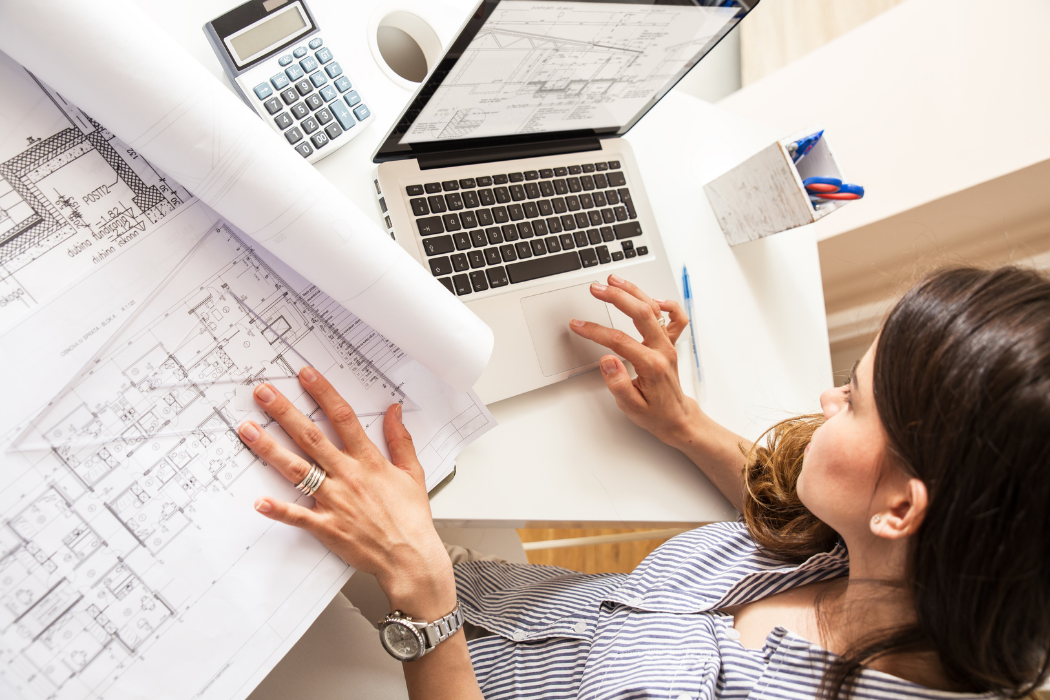Renovating buildings: a technical, social and sustainable perspective
Sustainable architecture
In recent years, renovation has become one of the main areas of focus in the field of architecture and construction. The need to extend the useful life of buildings, improve their energy efficiency and preserve existing heritage has led to a new professional and civic awareness. However, renovating a building is no easy task: it involves understanding, respecting and transforming what already exists. It is a complex operation, fraught with constraints that go far beyond pure technical execution.
The first constraint is, obviously, the physical condition of the building. Each structure has its own history, materials, damage and pathologies. The preliminary analysis—the diagnosis—is an essential stage that must be meticulous and interdisciplinary. Without a good understanding of what already exists, any intervention runs the risk of being superficial or even counterproductive. Renovation means listening: every crack, every improvised reinforcement, every element added over the years tells a part of the building's life story.
The second major set of constraints is the regulatory and heritage framework. Urban planning regulations, the requirements of the Technical Building Code and heritage protection may limit technical solutions, but at the same time they guarantee the necessary consistency and safety. The difficulty lies in finding a balance between legal obligations and the desire to preserve the essence of the property. In listed buildings, for example, it is often necessary to reconcile the preservation of original features with the introduction of modern comfort and sustainability systems.
Economic factors are another major challenge. Renovations often involve unforeseen circumstances that alter budgets and schedules. However, renovation must be understood as a long-term investment, not an immediate expense. Renovating means investing in durability, in the revaluation of heritage and in a more responsible way of building. Public subsidies, especially in the areas of energy efficiency and accessibility improvements, are an essential support that must be managed rigorously.
Finally, there are social and environmental constraints. The needs of today's users—accessible housing, common spaces, thermal comfort—often clash with the physical limitations of old buildings. Integrating new functionalities without losing identity is an exercise in sensitivity and creativity. Furthermore, sustainability is no longer an option, but a duty: reducing waste, reusing materials and minimising environmental impact are fundamental principles of any responsible project.
Renovation is, in short, an attitude towards built heritage and society. It is understanding that each building is part of a collective memory and that our task as technicians is not to replace the past, but to bring it into dialogue with the present and the future. At a time when the construction sector is seeking to reinvent itself, renovation is an opportunity to demonstrate that good architecture not only creates, but also cares.